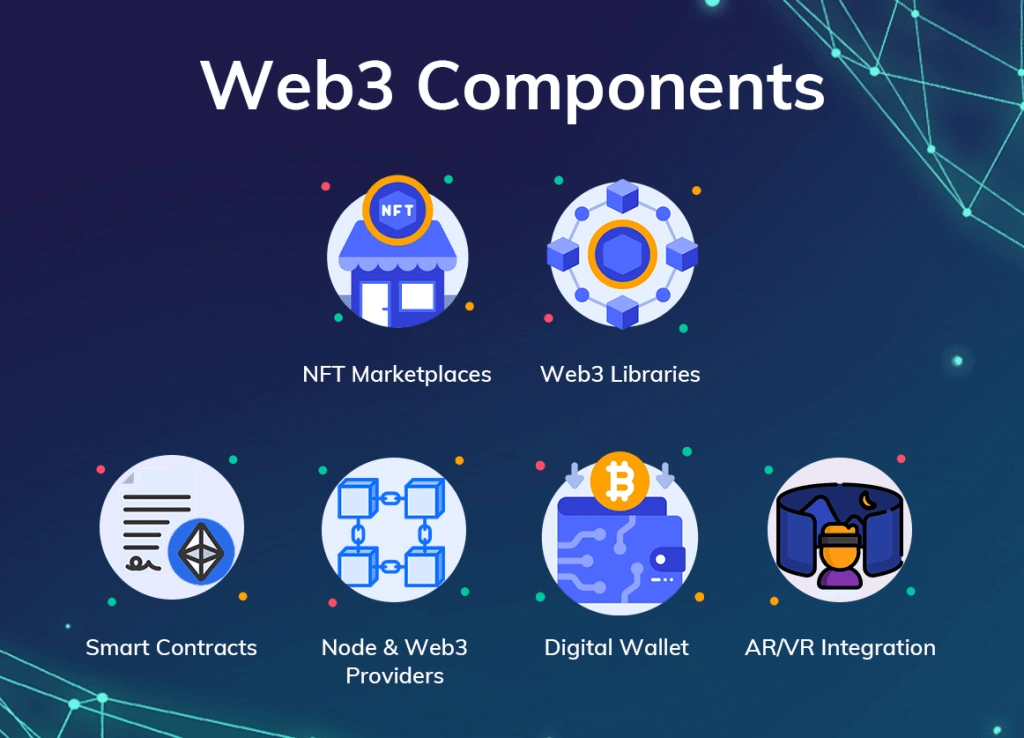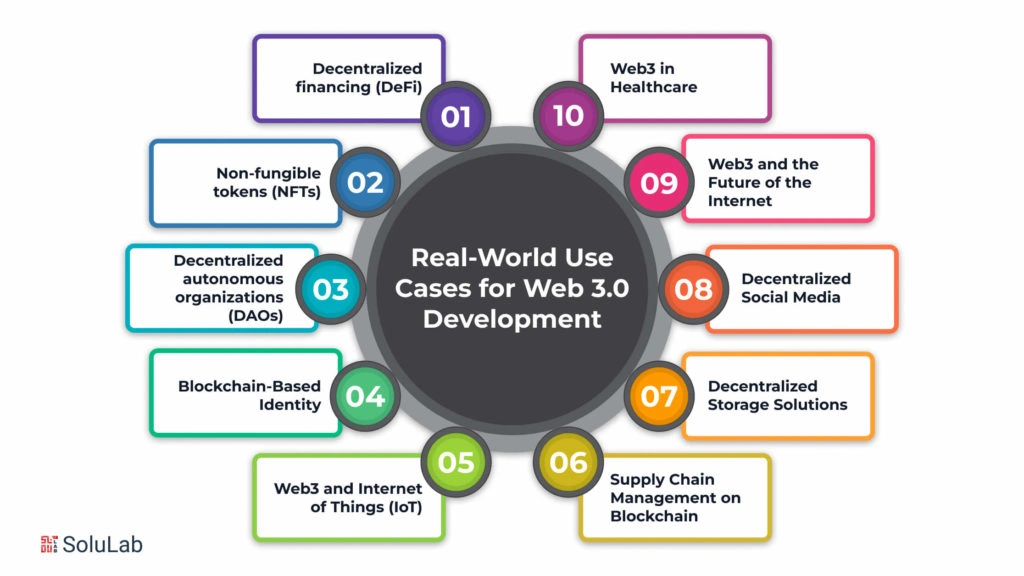Web3 Explained: A Beginner’s Guide to the Future Internet
Web3 Explained: A Beginner’s Guide to the Future Internet
Web3 is a term that’s gaining traction across technology forums, social media platforms, and investor briefings. But what exactly does it mean? For beginners, Web3 may feel abstract, even vague. However, its vision is clear: a more open, secure, and user-controlled internet.
Unlike previous internet generations where control was centralized, Web3 introduces decentralization through blockchain technology, smart contracts, and token-based ecosystems. It aims to change how we use the web—and who benefits from it.
This article introduces Web3 from the ground up, making it digestible for non-technical readers while explaining how it works, why it matters, and where it’s headed.
A Brief History: From Web1 to Web3
The evolution of the internet can be divided into three major phases:
- Web1 (Read-only): The early web allowed users to browse static websites, mostly for reading and retrieving information. There was little to no interactivity.
- Web2 (Read-Write): The modern web we know today, where users create and share content (e.g., on YouTube or Twitter), often via centralized platforms.
- Web3 (Read-Write-Own): A vision for the next phase of the internet, where users not only interact with content but also own their data and digital identity, typically enabled through decentralized systems.
What Makes Web3 Different?
Web3 stands apart because it is built on blockchain technology. This means no single company or server controls the applications. Instead, data is distributed across a network of computers.
Here’s a comparison to highlight the shift:
| Feature | Web2 | Web3 |
|---|---|---|
| Data Ownership | Companies own and monetize user data | Users have control via crypto wallets |
| Platform Structure | Centralized servers | Decentralized networks (blockchains) |
| Identity | Platform-based (email, username) | Wallet-based (cryptographic identity) |
| Monetization | Ad-driven, platform-controlled | Token-based, often community-led |
| Intermediaries | Required (banks, hosting services) | Reduced or removed through smart contracts |
Web3 for Beginners: Core Components of Web3

Credit from Upptic
1. Blockchain Networks
A blockchain is a type of database that is shared across a network. Once data is added, it’s very difficult to alter, which builds trust without needing a central authority.
2. Smart Contracts
These are self-executing programs on the blockchain. For example, in a Web3-based marketplace, a smart contract could automatically transfer ownership of a digital item when payment is received.
3. Crypto Wallets
To interact with Web3 applications, users need a wallet. Unlike traditional logins, wallets such as MetaMask or Trust Wallet serve as a gateway to identity, assets, and permissions in the Web3 world.
4. Tokens
Tokens represent value or access. Some give governance rights in decentralized communities, while others represent assets like digital art or in-game items.
Web3 for Beginners: Why Web3 Matters
Web3 challenges the dominance of major tech companies by distributing power. In practice, this means:
- You control your own data rather than handing it to a centralized provider.
- You can earn tokens for contributing to networks or platforms.
- You can verify trust without relying on institutions (e.g., in financial transactions or voting systems).
This shift is not just technical—it is philosophical. Web3 represents a push toward digital sovereignty, privacy, and community-based ecosystems.
Web3 for Beginners: Popular Use Cases of Web3

Credit from SoluLab
While still developing, Web3 technologies are already being used in various fields:
- Finance (DeFi): Platforms like Aave or Uniswap allow lending, borrowing, and trading without banks.
- Art and NFTs: Artists can tokenize digital works and sell directly to collectors on platforms like Foundation or Zora.
- Social Media: New networks like Farcaster or Lens Protocol aim to give users control over their content and followers.
- Gaming: Blockchain games such as Decentraland or The Sandbox let users own in-game assets and earn income.
- Publishing: Platforms like Mirror enable writers to monetize directly through token-based models.
Web3 for Beginners: How to Get Involved
You don’t need to be a developer to explore Web3. Here’s a practical entry point:
1. Create a Wallet
Start with MetaMask or Coinbase Wallet. These tools help you create a cryptographic identity and hold digital assets.
2. Explore dApps
Visit sites like:
- Zapper (finance dashboard)
- OpenSea (NFT marketplace)
- Mirror (publishing tool)
Each app allows you to interact with Web3 features in real-world scenarios.
3. Join Online Communities
Discord and Twitter are popular places where developers, creators, and enthusiasts discuss and build Web3 projects.
4. Learn the Fundamentals
Platforms like buildspace, LearnWeb3, and freeCodeCamp offer free courses designed for beginners.
Web3 for Beginners: Challenges and Limitations
While promising, Web3 is not without hurdles:
- Scalability: Networks can be slow and expensive during periods of high usage.
- User Experience: Wallets, tokens, and interfaces can feel complex to non-technical users.
- Security: While blockchain is secure by design, phishing attacks and scams are common.
- Regulation: Governments are still defining how to handle Web3 platforms, especially financial and identity components.
These issues are being addressed by ongoing development and education. As the ecosystem matures, usability and reliability are expected to improve.
Web3 for Beginners: Is Web3 for Non-Tech Users?
Absolutely—but with caution.
Non-technical users can start by:
- Using wallet apps with simple interfaces
- Reading beginner-friendly explainers
- Participating in low-risk projects (e.g., using test networks or earning free tokens)
- Watching YouTube tutorials or attending online workshops
The key is to start small, stay curious, and avoid rushing into investments without understanding the mechanics.
Web3’s Future: What Lies Ahead?
Web3 is still in its early stages, similar to where the internet was in the late 1990s. But the foundations being laid today may shape how the next generation interacts with the digital world.
Large companies, from Meta to Shopify, are already experimenting with Web3 tools. Universities and governments are exploring blockchain for record-keeping and transparency. The infrastructure is forming—but its direction depends on both builders and users.
Some predictions:
- Easier onboarding for users (one-click wallets, social login)
- Scalable networks that support millions of transactions per second
- Cross-chain systems that allow different blockchains to work together
- Integration with AI and IoT, creating smart environments powered by decentralized data
Final Thoughts: Why You Should Care About Web3
Even if you never use a blockchain or own a token, Web3 is redefining how the internet works behind the scenes. It asks critical questions: Who owns the content? Who profits from participation? Who controls the infrastructure?
For beginners, learning about Web3 is not about mastering code—it’s about understanding how digital ownership and control are shifting.
By becoming familiar with Web3 now, you’ll be better prepared for the changes already reshaping the web.




